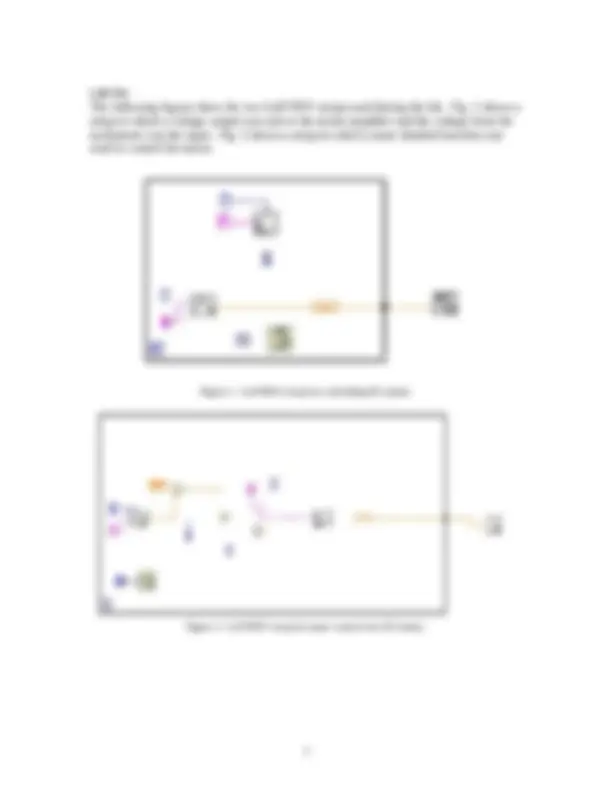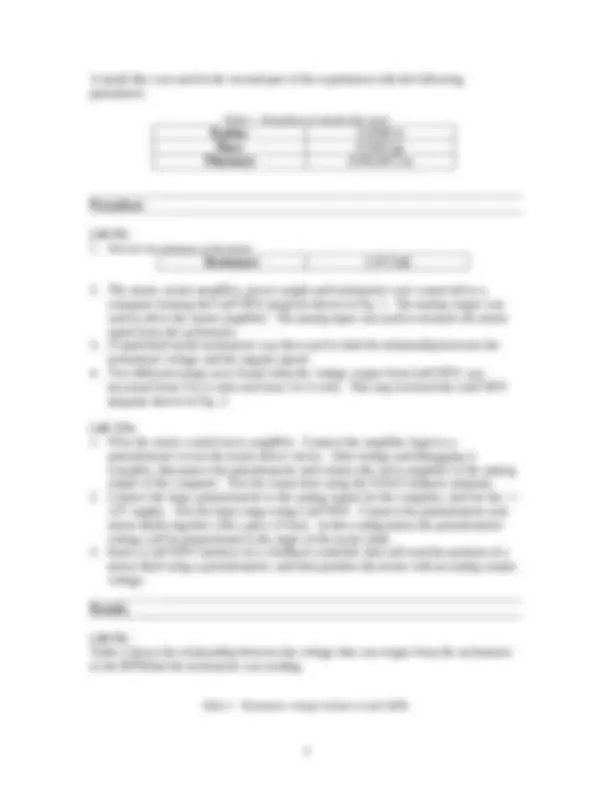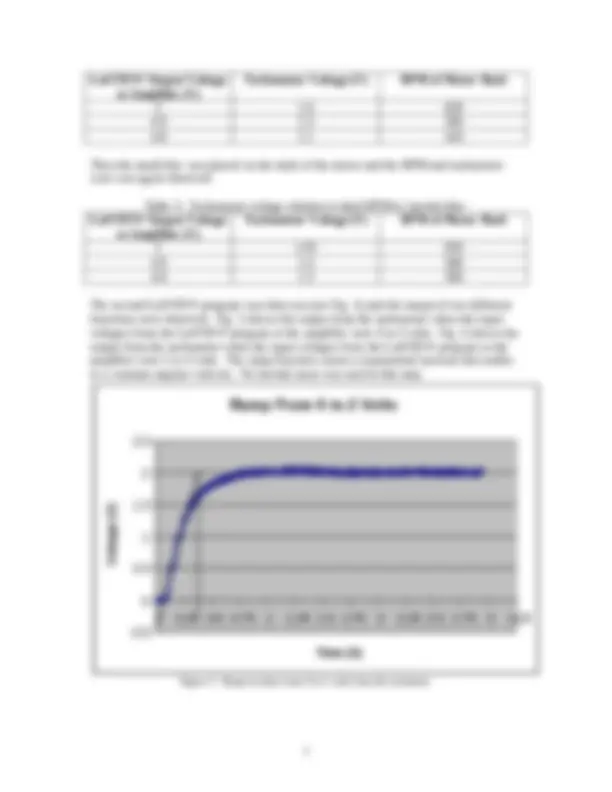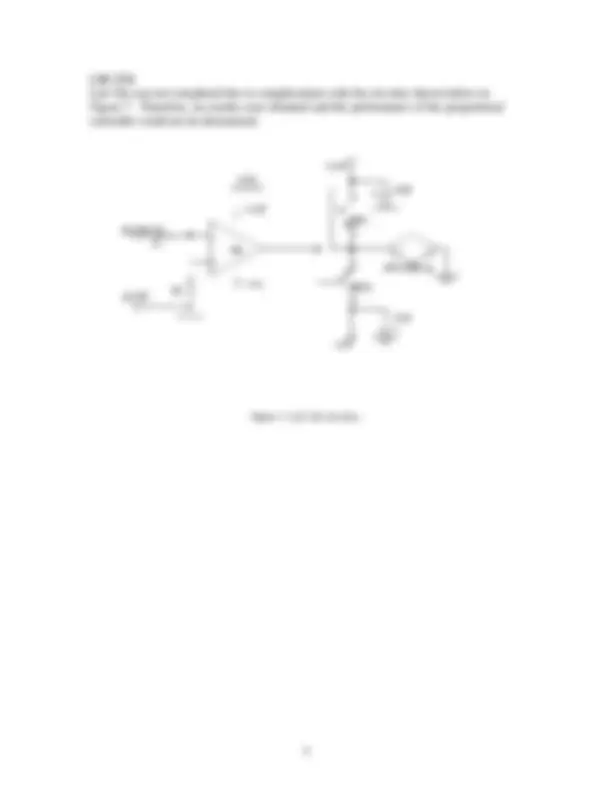






Study with the several resources on Docsity

Earn points by helping other students or get them with a premium plan


Prepare for your exams
Study with the several resources on Docsity

Earn points to download
Earn points by helping other students or get them with a premium plan
Community
Ask the community for help and clear up your study doubts
Discover the best universities in your country according to Docsity users
Free resources
Download our free guides on studying techniques, anxiety management strategies, and thesis advice from Docsity tutors
The objectives, theory, setup, procedure, and results of lab 8a and 10a in the course egr 345: dynamics system modeling and control. The labs focus on investigating a permanent magnet dc motor, determining its descriptive equation, and positioning it using a proportional controller.
Typology: Study notes
1 / 8

This page cannot be seen from the preview
Don't miss anything!





Dynamics System Modeling and Control
Adam Heintzelman Andrew Edler November 9, 1999
Objective Lab 8a: To investigate a permanent magnet DC motor with the intention of determining a descriptive equation. Lab 10a: To position a DC motor using a proportional controller. Theory The motor is made up of coiled wires in a magnetic field and when a current is passed through those wires a force against the magnetic field will be created. The torque created by the motor shaft is proportional to the current. K T I T KI where, K = constant; T = torque; I = current The power of the motor is: V K P V I T KI m m When a rotating mass is added the moments are summed the following equation is found: ^ dt d T J dt d M T J When the equations are manipulated, an equation relating voltage and angular velocity can be found: ^ ^ JR K V JR K dt d R V K K dt d J R V K K T R V V I s s s s m 2 Setup
A small disc was used in the second part of the experiment with the following parameters: Table 1: Parameters of inertial disc used. Radius 0.0508 m Mass 0.0363 kg Thickness 0.0015875 m Procedure Lab 8a:
LabVIEW Output Voltage to Amplifier (V) Tachometer Voltage (V) RPM of Motor Shaft 5 1.6 620 4.9 1.3 500 4.8 1.1 410 Then the small disc was placed on the shaft of the motor and the RPM and tachometer were was again observed. Table 3: Tachometer voltage relation to shaft RPM w/ inertial disc. LabVIEW Output Voltage to Amplifier (V) Tachometer Voltage (V) RPM of Motor Shaft 5 1.65 650 4.9 1.4 560 4.8 1.3 500 The second LabVIEW program was then run (see Fig. 2) and the ramps of two different functions were observed. Fig. 3 shows the output from the tachometer when the input voltages from the LabVIEW program to the amplifier were 0 to 4 volts. Fig. 4 shows the output from the tachometer when the input voltages from the LabVIEW program to the amplifier were 2 to 4 volts. The ramp function causes a exponential increase that settles to a constant angular velocity. No inertial mass was used in this step. Ramp From 0 to 2 Volts
Time (S) Voltage (V) Figure 3: Ramp fucntion from 0 to 2 volts from the tachomter.
For Fig. 4 the function was found to be: Vm = 2 - 1.5e-1/(1.5-1.25)t Therefore, Vm = 2 - 1.5e-(1/0.25)t
0 V (^) m2 ( t) 0 t 4 0 1 2 3 4 0 1 2 Tach Voltage vs. Time Time (sec) Voltage (v) Figure 6: Mathcad verification of experimental function. Converting both of these equations over in terms of angular velocity, the following functions were found:
1
1
Since the inertial disc was not used in the second step (Fig. 3 and Fig. 4), a theoretical model is not available because some of the theoretical values were based on experiment. Lab 10a: There were no results for lab 10a. Conclusion Lab 8a: A DC motor can be modeled mathematically using the values of voltage observed from the tachometer. The mathematical model accurately portrayed the experimental plot.
Lab 10a: Lab 10a was not completed due to complications with the circuitry shown below in Figure 7. Therefore, no results were obtained and the performance of the proportional controller could not be determined. Figure 7: Lab 10a circuitry.